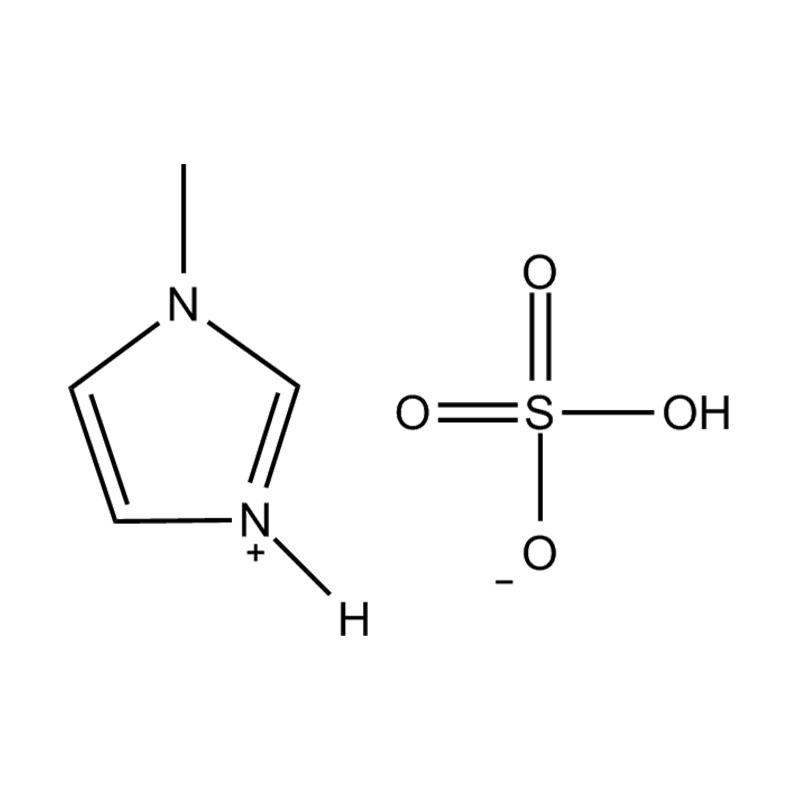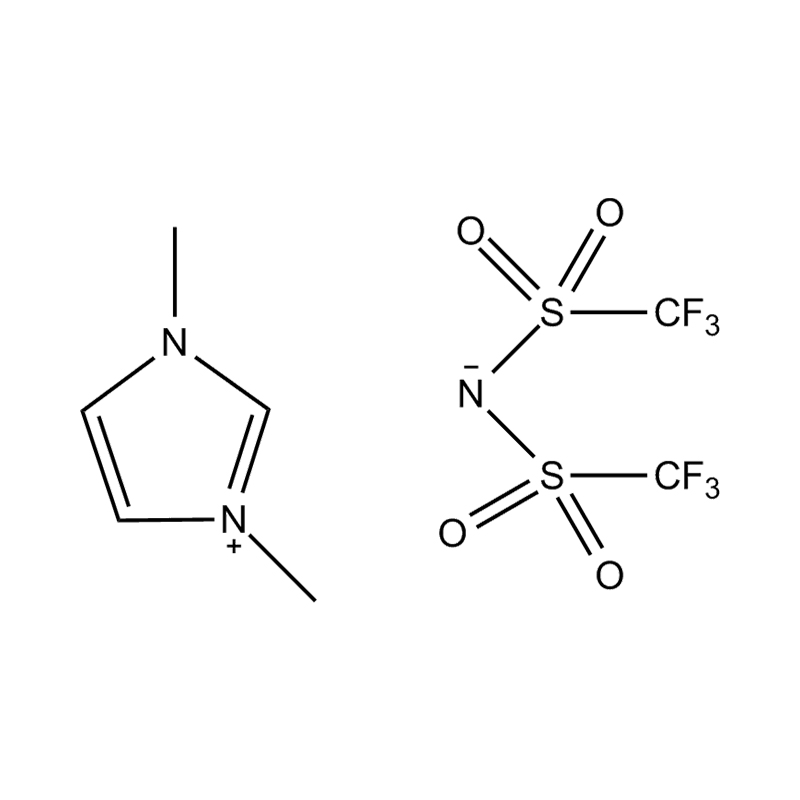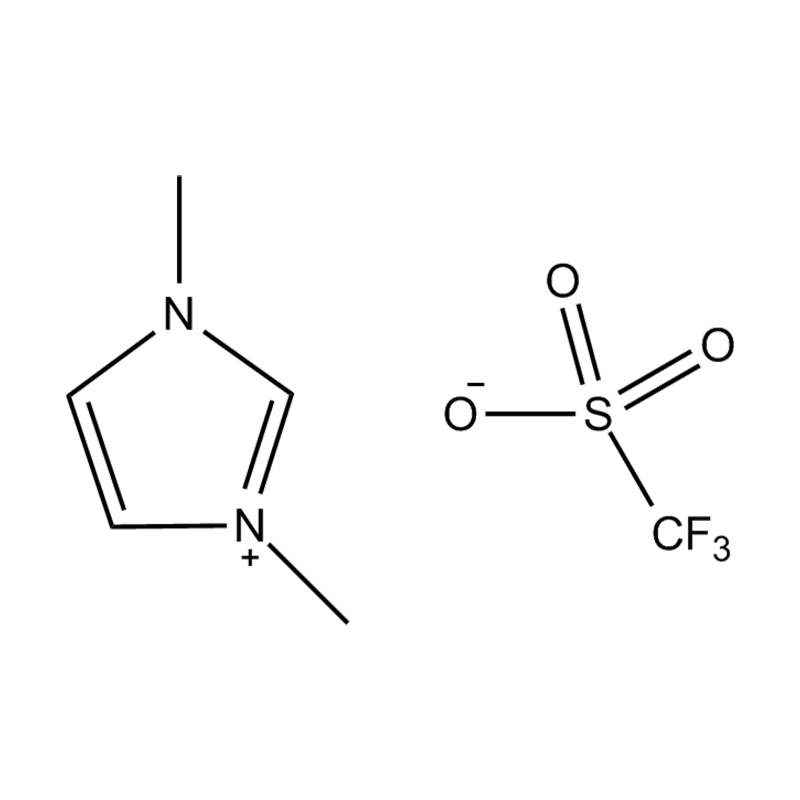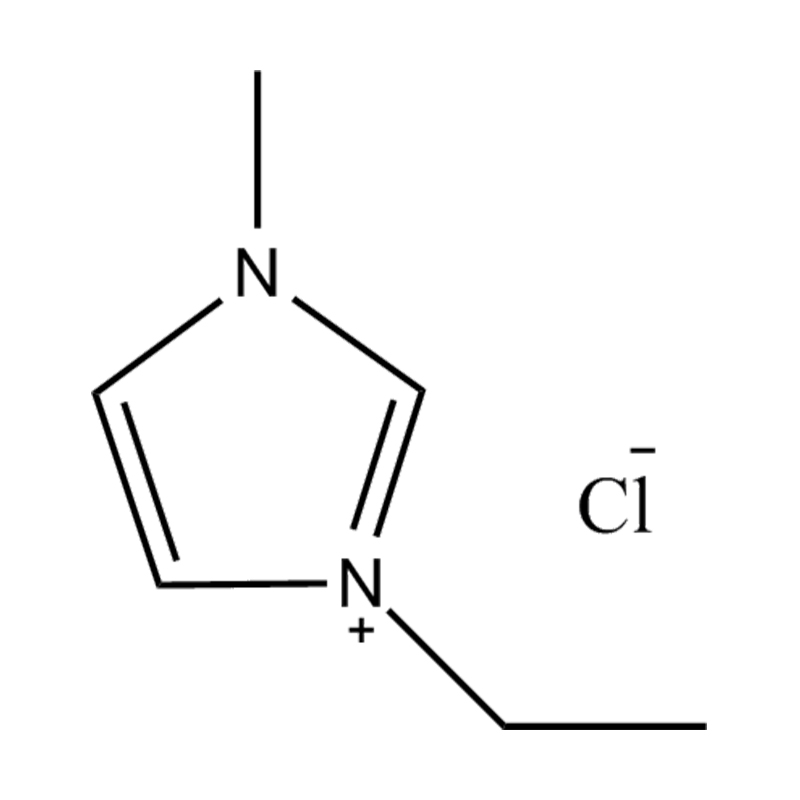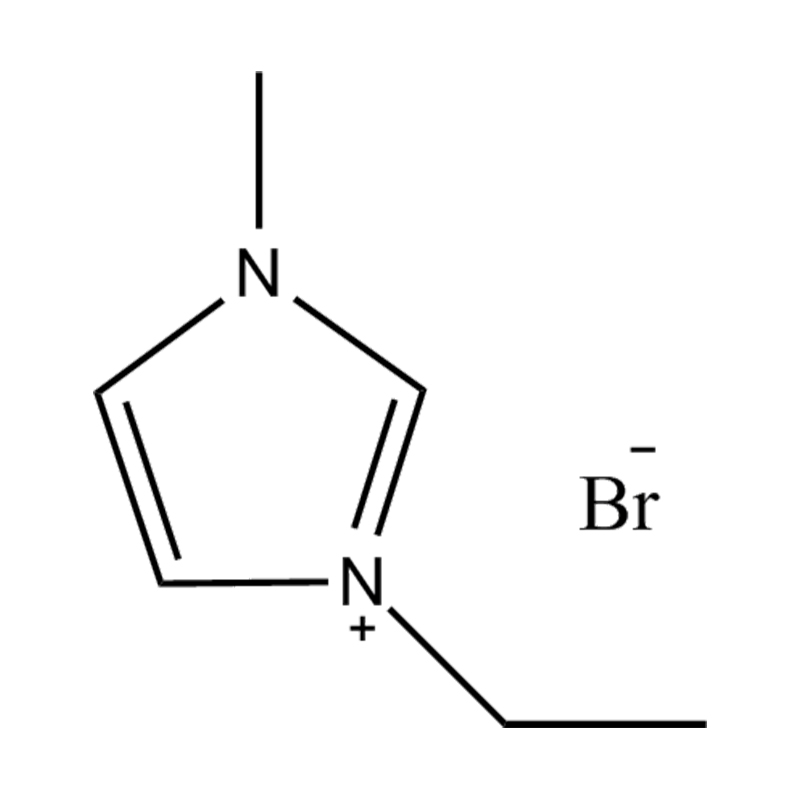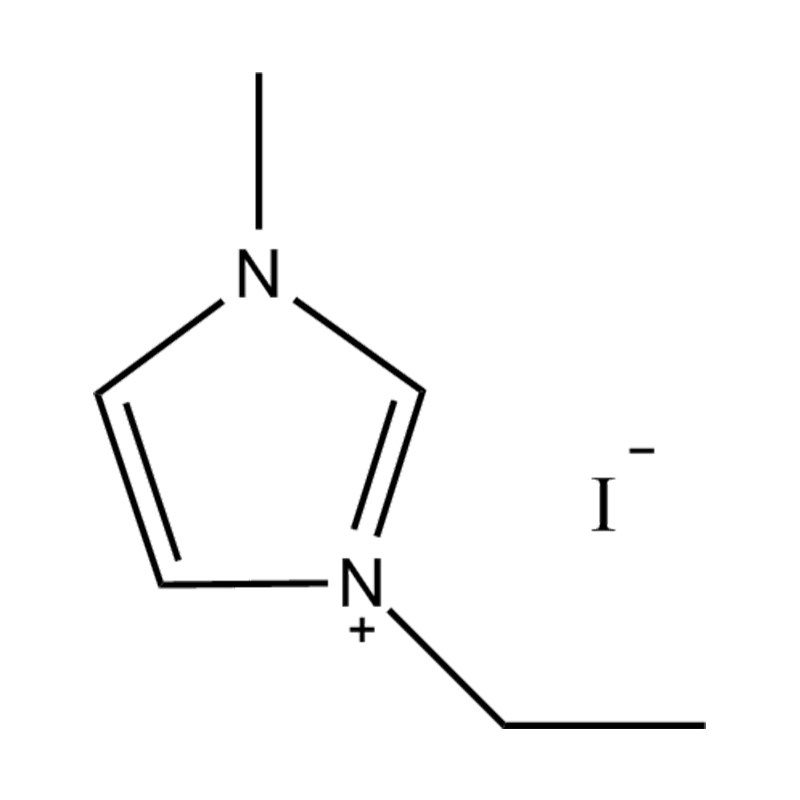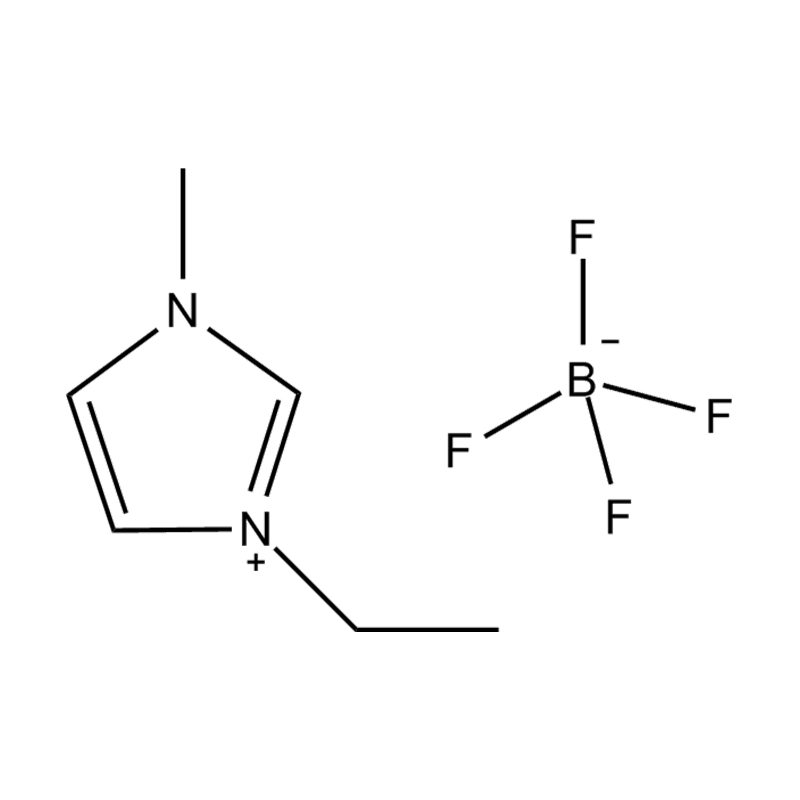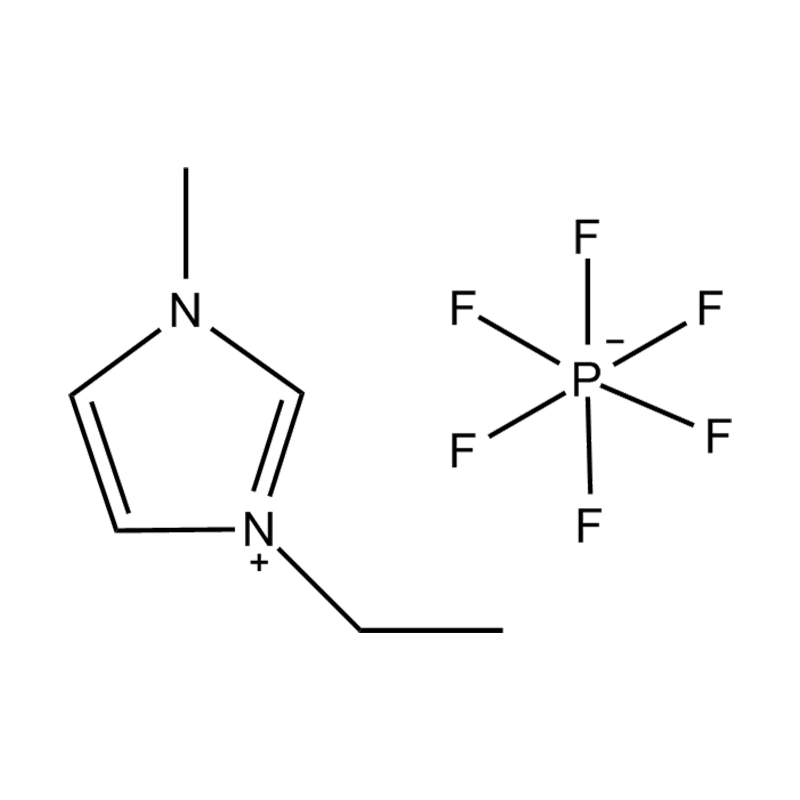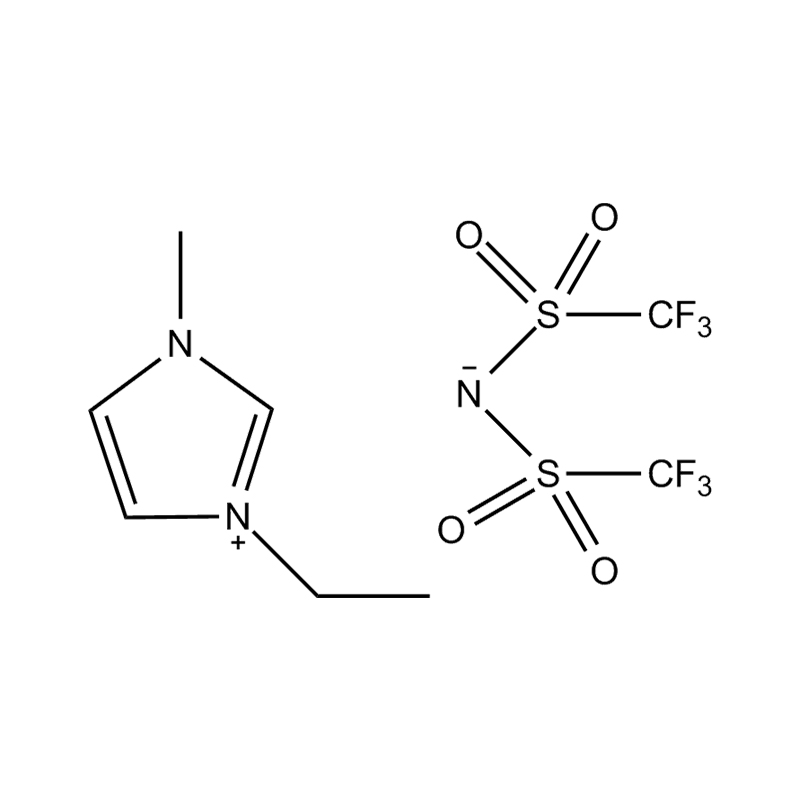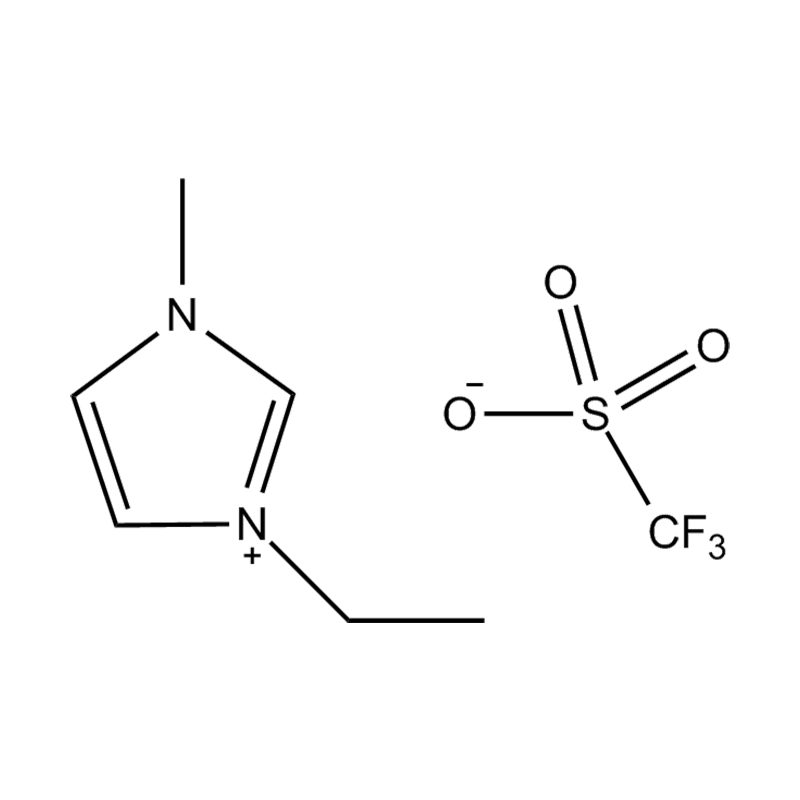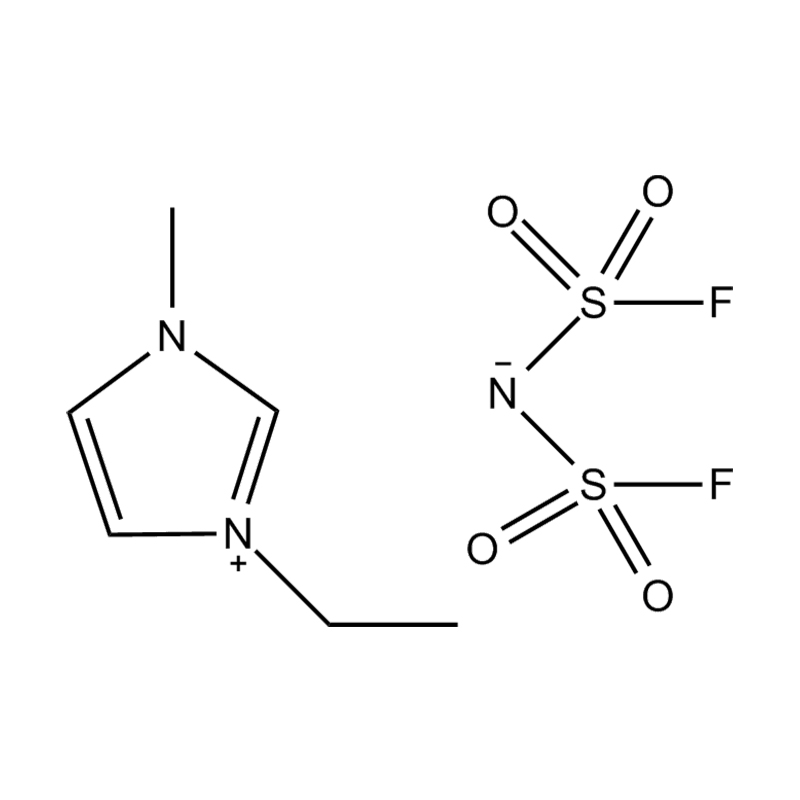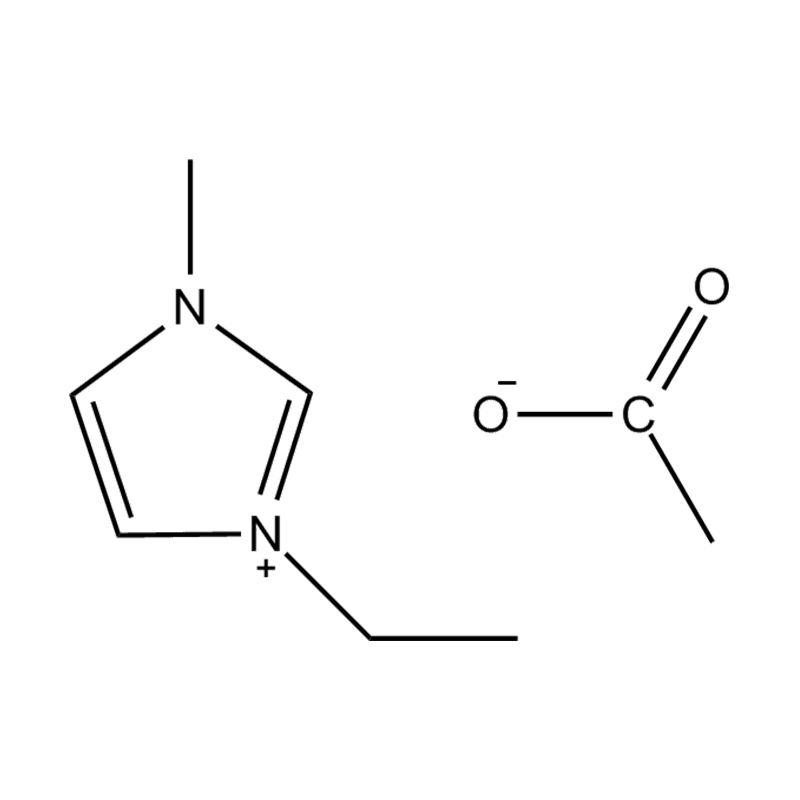Ionic liquids (ILs) are a unique class of chemical compounds composed entirely of ions—positively charged cations and negatively charged anions—that exist in liquid form at or near room temperature. Unlike conventional solvents which are often molecular liquids, ionic liquids are salts that remain liquid below 100°C, and many at room temperature. This unusual characteristic gives them distinct physicochemical properties, making them a focus of growing interest in chemistry, materials science, and various industrial applications.
What Exactly Are Ionic Liquids?
Ionic liquids are salts that melt at temperatures typically below 100°C, with many remaining liquid at ambient conditions (around 25°C). They are formed by combining bulky and often asymmetric organic cations with a variety of inorganic or organic anions. The large size and charge delocalization in the ions lower the melting point significantly compared to traditional salts like sodium chloride.
A typical ionic liquid molecule consists of:
Cations: Commonly imidazolium, pyridinium, ammonium, phosphonium, or sulfonium-based structures.
Anions: Examples include halides (Cl⁻, Br⁻), tetrafluoroborate (BF₄⁻), hexafluorophosphate (PF₆⁻), bis(trifluoromethylsulfonyl)imide (Tf₂N⁻), and others.
Their ionic nature leads to strong coulombic interactions, but their asymmetry and steric hindrance prevent them from crystallizing easily, resulting in a liquid state at relatively low temperatures.

Key Characteristics of Ionic Liquids
Ionic liquids exhibit several distinctive properties that differentiate them from traditional molecular solvents:
| Characteristic | Description |
| Low Volatility | Negligible vapor pressure, reducing evaporation and emissions. |
| High Thermal Stability | Stable over wide temperature ranges, often >300°C. |
| Wide Liquid Range | Remain liquid across broad temperature ranges. |
| High Ionic Conductivity | Enable efficient charge transport, useful in electrochemistry. |
| Nonflammability | Do not catch fire easily, enhancing safety. |
| Tunability | Properties can be customized by changing cation/anion combinations. |
| High Polarity | Excellent solvents for polar and ionic species. |
| Good Solvation Ability | Dissolve a variety of organic, inorganic, and polymeric substances. |
| Low Vapor Pressure | Environmentally friendlier due to reduced air emissions. |
Types of Ionic Liquids
Ionic liquids are categorized based on their chemical structure, the nature of ions, and specific applications:
Room Temperature Ionic Liquids (RTILs)
Liquid at or near 25°C.
Examples: 1-butyl-3-methylimidazolium tetrafluoroborate ([BMIM][BF₄]).
High-Temperature Ionic Liquids
Liquids but with melting points between 100°C and 200°C.
Protic Ionic Liquids
Formed by proton transfer between a Brønsted acid and base.
Exhibit properties like hydrogen bonding.
Aprotic Ionic Liquids
Do not involve proton transfer.
Often more stable thermally and chemically.
Task-Specific Ionic Liquids (TSILs)
Designed with functional groups tailored for specific reactions or separations.
Polymeric Ionic Liquids (PILs)
Ionic liquids polymerized into solid or gel forms for advanced materials.
Advantages of Ionic Liquids
The combination of unique properties renders ionic liquids superior to conventional solvents or materials in many ways:
| Advantage | Explanation |
| Environmental Friendliness | Low vapor pressure reduces VOC emissions and air pollution. |
| Customizable Chemistry | Molecular design allows optimization for specific uses. |
| Wide Solubility Range | Can dissolve a broad spectrum of compounds, including gases, salts, and organics. |
| Recyclability | Can be recovered and reused, reducing waste. |
| Thermal and Chemical Stability | Useful in harsh chemical environments and high-temperature processes. |
| Nonflammability | Safer handling and storage compared to volatile organic solvents. |
| Enhanced Reaction Rates | Can act as catalysts or co-catalysts, improving efficiency. |
| Electrochemical Applications | High ionic conductivity suitable for batteries, capacitors, and electroplating. |
Applications of Ionic Liquids
Ionic liquids have found applications across a broad range of fields due to their versatile properties:
1. Green Chemistry and Solvents
Replacing volatile organic solvents (VOCs) in chemical syntheses.
Used as reaction media in organic synthesis, catalysis, and enzymatic processes.
Improved selectivity and yield in many reactions.
2. Electrochemical Devices
Electrolytes in batteries (lithium-ion, sodium-ion), supercapacitors, and fuel cells.
Electroplating and electrodeposition with controlled morphology.
Sensors and electrochemical detection.
3. Separation Processes
Gas capture and separation, such as CO₂ capture from flue gases.
Extraction of metals and rare earth elements.
Chromatographic and membrane separation techniques.
4. Biotechnology and Pharmaceuticals
Stabilization and solubilization of biomolecules.
Drug delivery systems and formulation.
Enzyme catalysis in ionic liquid media.
5. Materials Science
Synthesis of nanomaterials and polymers.
Templates for porous materials and ionic liquid crystals.
Lubricants and additives for tribology.
How to Use Ionic Liquids
Using ionic liquids requires attention to their physical and chemical nature:
Handling: Due to their low volatility, inhalation risk is minimal, but gloves and eye protection are recommended to avoid skin contact.
Dissolution: Ionic liquids can dissolve various substances but may require stirring or heating.
Mixing: They can be mixed with molecular solvents or used neat depending on the application.
Catalysis: Often used as solvents and catalysts simultaneously; reaction conditions may differ from traditional solvents.
Recovery: Can be recovered by distillation of products, extraction, or phase separation for reuse.
How to Store Ionic Liquids
Proper storage ensures longevity and maintains their properties:
| Storage Condition | Recommendation |
| Container Type | Use airtight, chemically resistant containers (glass or PTFE). |
| Temperature | Store at room temperature, avoid extremes of heat or cold. |
| Humidity Control | Keep away from moisture as some ionic liquids are hygroscopic. |
| Light Protection | Store in dark or opaque containers to prevent degradation. |
| Labeling | Clearly label with chemical name and hazards. |
Ionic liquids generally exhibit good chemical stability but can degrade upon prolonged exposure to water, air, or light depending on their structure.
Future Development and Trends
The field of ionic liquids is rapidly evolving, driven by the need for sustainable technologies and novel materials. Some future trends include:
Design of More Task-Specific Ionic Liquids: Tailoring ionic liquids for precise chemical or industrial needs, such as CO₂ capture or pharmaceutical synthesis.
Biodegradable and Bio-based Ionic Liquids: Developing ionic liquids derived from renewable resources to improve environmental compatibility.
Hybrid Materials: Combining ionic liquids with polymers, nanoparticles, or membranes to create advanced functional materials.
Scale-Up and Commercialization: Overcoming cost and production challenges to enable widespread industrial use.
Energy Storage and Conversion: Enhancing the performance of batteries, supercapacitors, and fuel cells using ionic liquid electrolytes.
Biomedical Applications: Expanding the use of ionic liquids in drug delivery, tissue engineering, and diagnostics.
Computational Design: Using machine learning and molecular modeling to predict and design ionic liquids with optimal properties.
Summary
Ionic liquids represent a revolutionary class of liquid salts with exceptional properties that have broad applications across chemistry, energy, materials, and biotechnology. Their ability to be tailored for specific tasks, combined with environmental and safety advantages, positions them as key components in advancing green technologies and innovative industrial processes. As research progresses and production costs decrease, ionic liquids are expected to become increasingly integral to sustainable scientific and commercial developments worldwide.


 English
English Deutsch
Deutsch Español
Español 中文简体
中文简体


